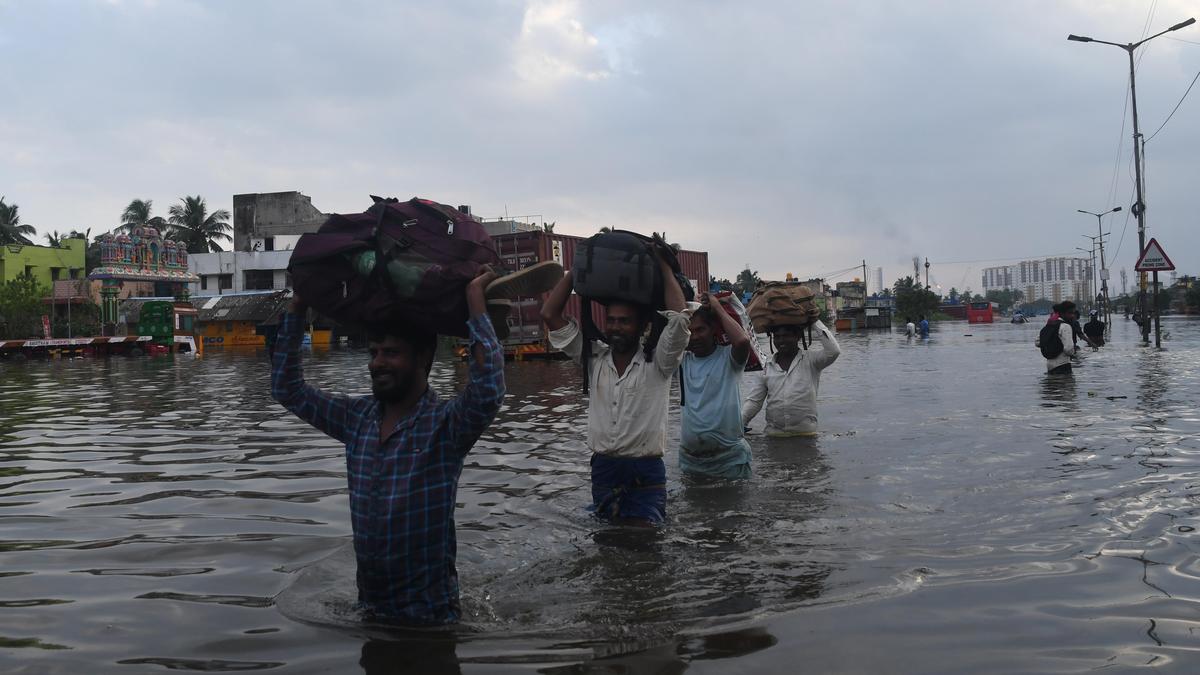Home / Disasters and Accidents / India Races to Upgrade Disaster Warning Systems as Climate Risks Escalate
India Races to Upgrade Disaster Warning Systems as Climate Risks Escalate
10 Nov
Summary
- India faces a wide array of weather-related natural hazards, from cyclones to heat waves
- Progress in early warning systems has been uneven, with gaps in coverage and communication
- Climate change is intensifying and reshaping these hazards, making them more unpredictable

As of November 2025, India finds itself at the forefront of a growing battle against the intensifying impacts of climate change. The country's diverse geography and vulnerability to a wide array of weather-related natural hazards, from cyclones and floods to thunderstorms and heat waves, have placed it squarely in the path of these escalating threats.
In recent years, India's meteorological agencies have made notable progress in improving early warning systems, particularly for cyclones and heavy rainfall. However, this progress has been uneven, with significant gaps remaining in the coverage and communication of these systems, especially for hazards like thunderstorms, lightning, and flash floods.
Experts warn that climate change is not only intensifying these natural disasters but also reshaping their very nature, expanding their geographic reach, increasing their frequency, and introducing unpredictable, compound effects that undermine traditional risk assessments. The warming atmosphere is holding more moisture, leading to stronger thunderstorms and a surge in lightning strikes, while the Arabian Sea has witnessed a noticeable uptick in extremely severe cyclone activity in recent decades.
As India races to upgrade its disaster warning infrastructure through initiatives like Mission Mausam, the country faces a daunting challenge in bridging the technical, institutional, and communication gaps that continue to limit the overall effectiveness of its early warning systems. Addressing these issues will require not only technological advancements but also user-focused design, better risk modeling, and more transparent evaluation to ensure that warnings are both received and acted upon, especially by the most vulnerable communities.




